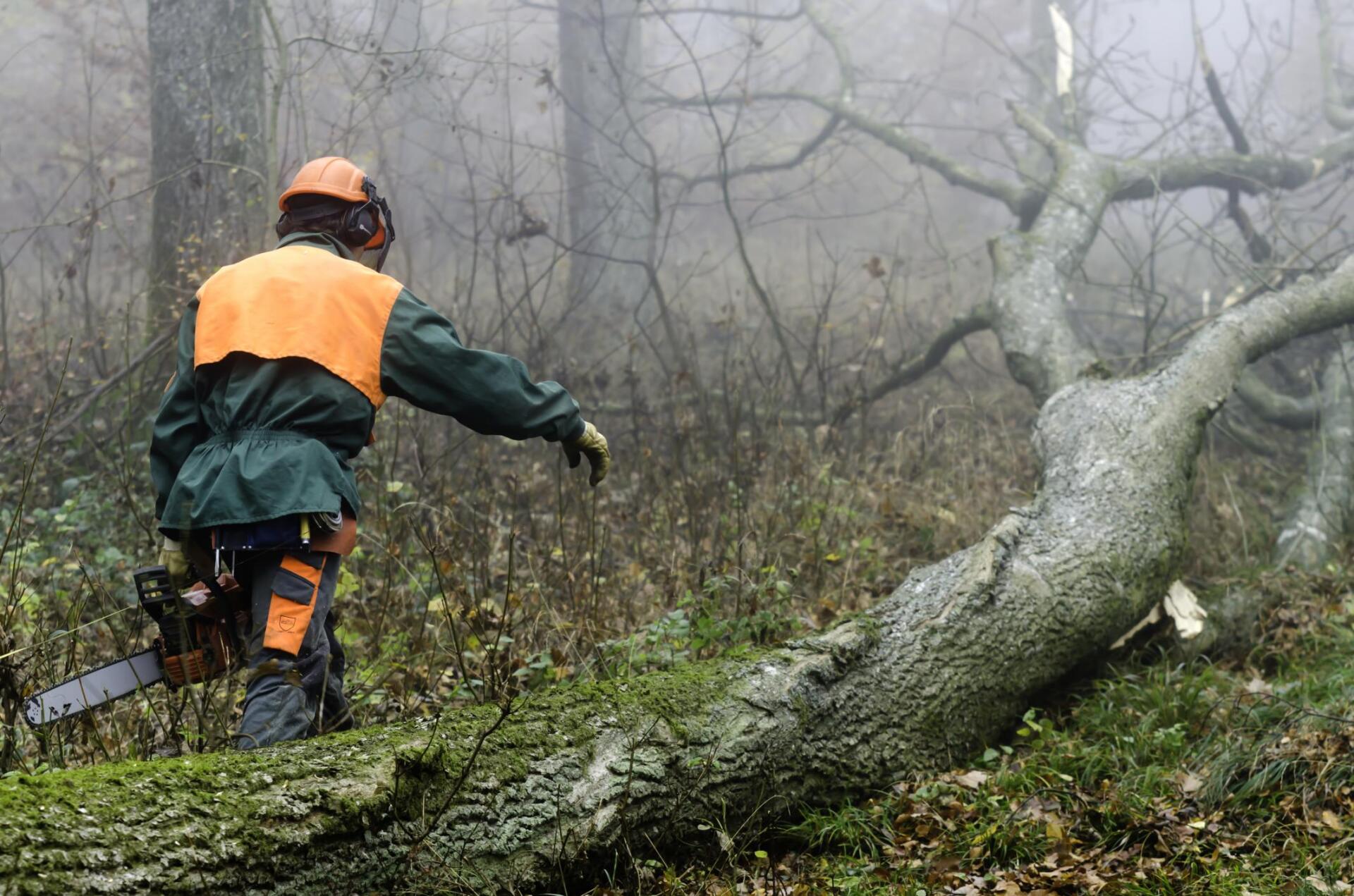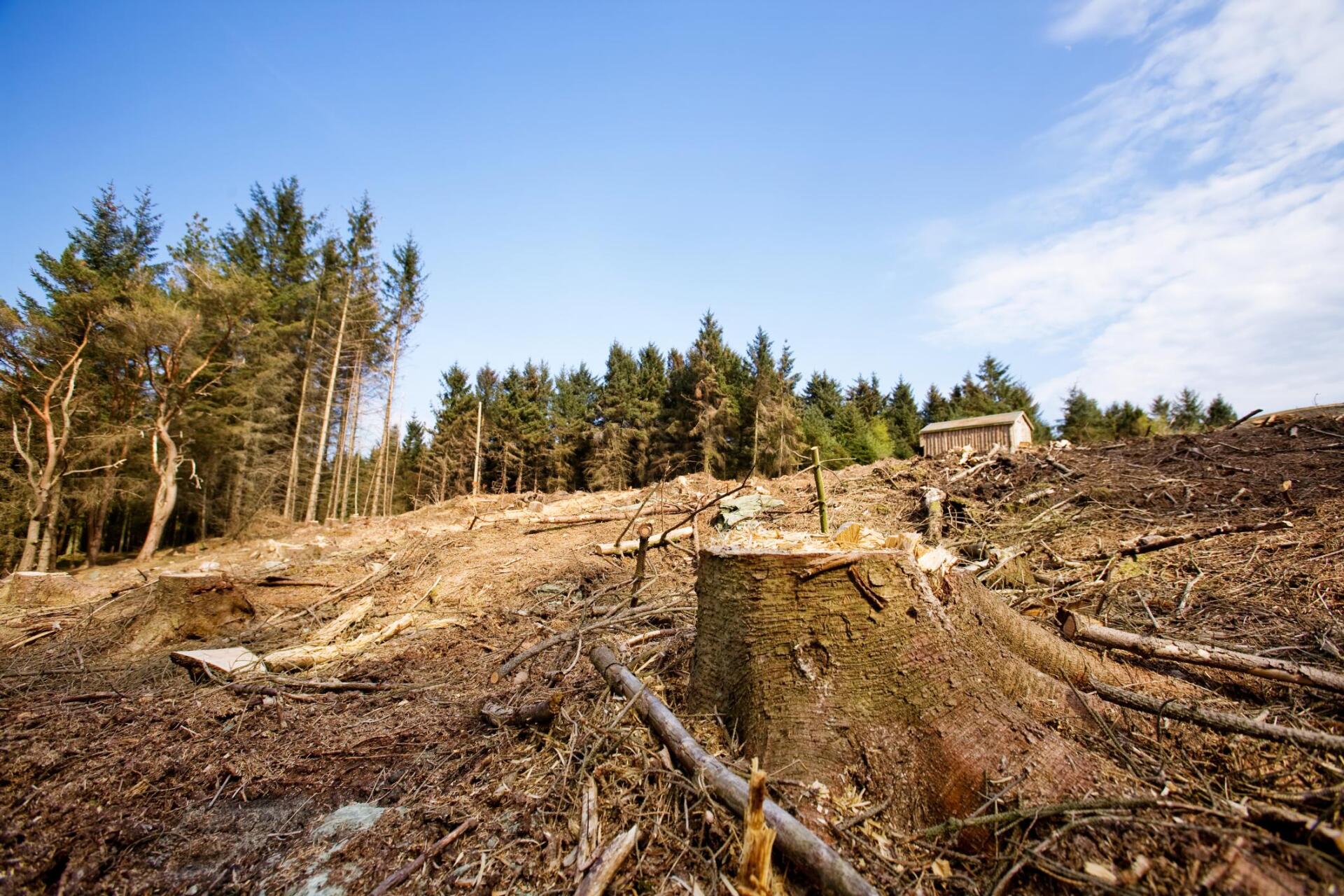Land Clearing | The importance of tree maintenance to prevent removal
Trees are beautiful additions to our landscapes and provide important environmental benefits, including improving air and water quality, providing shade, and reducing erosion. However, trees require care and maintenance like any living organism to stay healthy and thrive. Neglecting tree maintenance can lead to serious problems that may require the removal of the tree. Tree removal can be costly and disruptive and negatively impact the environment. Therefore, it's important to understand the importance of tree maintenance and take steps to prevent the need for tree removal. In this blog post, we will explore the benefits of tree maintenance and provide tips for keeping your trees healthy and thriving.
How maintenance prevents tree removal
Tree maintenance is essential to keep trees healthy, strong, and safe. Neglected trees can develop problems that may eventually require removals, such as disease, pest infestation, or damage from severe weather. Regular maintenance can help identify and address these issues before they become serious and necessitate removal. Here are some of the ways that maintenance can prevent tree removal:
- Regular pruning: Pruning is an essential aspect of tree maintenance. It involves removing dead, damaged, or diseased branches and shaping the tree to promote healthy growth. By pruning regularly, you can prevent these issues from becoming more severe and causing the tree to decline.
- Preventing disease and pest infestation: Regular inspections can help identify signs of infection or pest infestation, allowing for early treatment before the tree is irreversibly damaged. This includes measures such as applying fungicides, insecticides, or other treatments to prevent or control infestations.
- Keeping trees healthy: Healthy and well-maintained trees are less susceptible to damage from severe weather events such as storms or high winds. By maintaining healthy trees, you can reduce the likelihood of damage occurring in the first place.
- Addressing structural issues: Trees with structural problems, such as weak or cracked branches or splits in the trunk, may risk falling, causing property damage or injury. Regular maintenance can identify and address these issues before they become more serious.

Tips for preventing tree removal
Preventing tree removal is an important aspect of tree care that can save you time and money and help maintain a healthy ecosystem. Here are some tips for avoiding tree removal:
- Regular pruning: Regular pruning is one of the most effective ways to prevent tree removal. By removing dead or diseased branches, you can prevent the spread of disease and decay to other parts of the tree.
- Watering and fertilization: Proper watering and fertilization can help keep your trees healthy and strong, making them less susceptible to damage from pests, diseases, and harsh weather conditions.
- Monitoring for pests and diseases: Regularly monitoring your trees for signs of pests and diseases can help you identify issues early on and take appropriate action before they become more severe.
- Protecting trees during construction: During construction projects, trees can be damaged by heavy machinery, soil compaction, and other factors. To prevent damage, take measures such as fencing off the area around the tree, installing root barriers, and avoiding soil compaction.
- Pruning for clearance: Trees close to structures such as buildings or power lines may need to be pruned for clearance. Regular pruning can help maintain safe clearance and prevent the need for removal due to safety concerns.
- Avoiding damage from lawn equipment: Lawnmowers and other equipment can cause damage to tree trunks and roots. To prevent damage, create a buffer zone around trees where no equipment is used, or use low-impact equipment.
Hiring a professional: If you are unsure about how to care for your trees or suspect there may be an issue, it is important to consult a professional arborist. They can guide proper care and help identify any issues requiring attention.
Tree care tips for different seasons
Proper tree care requires attention and maintenance throughout the year, as the needs of trees change with the seasons. Here are some tree care tips for different seasons:
Spring is a time of growth and renewal for trees. This is the best time to prune trees, as it promotes healthy growth and removes damaged or diseased branches before they can spread. Spring is also a good time to fertilize trees to provide the necessary nutrients for growth.
In summer, trees need regular watering to prevent stress and drought. It is important to water deeply and infrequently rather than shallowly and frequently. Mulching around trees can help retain moisture and regulate soil temperature.
Fall is a good time to prepare trees for winter by removing dead or diseased branches and providing extra water to help them survive dry winter. This is also a good time to plant new trees, as the cooler temperatures and moist soil provide optimal conditions for root growth.
During winter, protecting trees from cold temperatures and winter weather conditions is important. This can be done by wrapping tree trunks with protective materials or covering sensitive trees. Avoid pruning during winter, as this can promote new growth susceptible to damage from cold temperatures.
In addition to these seasonal tips, some year-round tree care practices are important. Regular monitoring for pests and diseases, as well as proper watering and fertilization, can help maintain the health and longevity of your trees. It is also important to avoid damaging tree trunks and roots during lawn maintenance and construction activities.

What are the reasons for tree removal?
Tree removal is a serious decision that should be made only after carefully considering the reasons and potential consequences. Here are some common reasons for tree removal:
- Diseased or dying trees: Trees that are diseased or dying may pose a safety risk and may need to be removed to prevent damage to property or injury to people.
- Structural issues: Trees that have structural problems, such as a leaning trunk, multiple trunks, or weak branches, may pose a risk of falling and may need to be removed.
- Damaged trees: Trees that have been damaged by storms, high winds, lightning, or other factors may be weakened and may need to be removed to prevent further damage or injury.
- Overcrowding: Trees growing too close together may compete for resources and need to be thinned or removed to allow for healthy growth.
- Encroachment: Trees encroaching on structures, such as buildings, power lines, or roads, may need to be removed for safety reasons.
- Aesthetic reasons: Trees that are unsightly or not in keeping with the surrounding landscape may be removed for aesthetic reasons.
- Construction projects: Trees in the way of construction projects, such as building a new house or installing a driveway, may need to be removed.
It is important to note that tree removal should be a last resort and that every effort should be made to preserve trees whenever possible. Before deciding to remove a tree, it is important to consult with a professional arborist to assess the tree's health and potential risk factors. A professional can also guide alternatives to removal, such as pruning, cabling, or bracing.
Benefits of Hiring a Tree Removal Company
Tree removal is one of the most important tree maintenance tasks, and homeowners should trust professionals when removing trees. You can rely on tree removal companies for tree trimming, tree removal, and stump removal. Hiring a professional tree service company is much less expensive than doing it yourself. Tree removal companies are insured and licensed, protecting homeowners from liability issues. They also have experience in tree removal, which helps them provide safe and efficient service.
Tree removal companies help preserve the tree canopy by removing dead or damaged trees. This prevents the growth of new plants, leading to a decline in overall tree health. Besides, they can estimate the cost of any tree removal job accurately. If you want to remove a tree yourself, a tree removal company can help assess any potential risks and advise on the best course of action.
Conclusion
At East Texas Land Clearing Pros, they understand the importance of trees and the impact that their removal can have on your community. They offer services to make tree removal safe and efficient, including tree trimming and removal, stump grinding, and land clearing. They take pride in their work and strive to deliver quality service at a fair price. Call them today if you need help preventing tree removal in the Longview area!
Things To Do in Longview, Texas
